
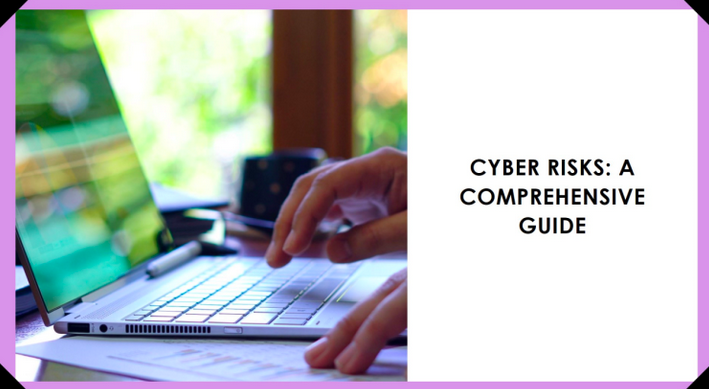
Cyber risks have become a significant concern for organizations worldwide. These risks come in various forms and can originate from multiple sources. Broadly, cyber risks can be categorized into three main types: Technical Vulnerabilities, Process/Policy Gaps, and Third-Party Risks. Understanding these categories, identifying the risks, and managing them in a unified manner is crucial for maintaining robust cybersecurity.
1. Technical Vulnerabilities
Technical vulnerabilities are weaknesses within an organization’s IT infrastructure that can be exploited by cybercriminals. These vulnerabilities can exist in software, hardware, and network systems.
Examples:
-
Software Bugs: Flaws or bugs in software code can be exploited by attackers to gain unauthorized access or execute malicious actions. For instance, the Heartbleed bug in OpenSSL allowed attackers to read sensitive data from affected systems.
-
Unpatched Systems: Failure to apply security patches and updates can leave systems exposed to known vulnerabilities. The infamous WannaCry ransomware attack exploited unpatched Windows systems, causing widespread disruption.
-
Weak Passwords: Poor password practices, such as using easily guessable passwords or not changing default passwords, can provide an easy entry point for attackers.
Identification:
-
Regular Vulnerability Scans: Conduct regular scans using tools like Nessus or Qualys to identify vulnerabilities in your systems.
-
Penetration Testing: Hire ethical hackers to simulate attacks and find weaknesses in your infrastructure.
-
Automated Patch Management: Use automated systems to ensure all software and hardware are up to date with the latest security patches.
2. Policy/Process Gaps
Policy/Process gaps refer to weaknesses in an organization’s procedures and protocols that can lead to security breaches. These gaps often arise from inadequate or poorly enforced security policies.
Examples:
-
Insufficient Employee Training: Lack of regular cybersecurity training can result in employees falling victim to phishing attacks or inadvertently disclosing sensitive information.
-
Inadequate Incident Response Plans: Without a well-defined incident response plan, organizations may struggle to respond effectively to cyber incidents, leading to prolonged downtime and greater damage.
-
Poor Data Management Practices: Failing to classify and protect sensitive data appropriately can result in data breaches. For instance, storing sensitive customer data without encryption increases the risk of unauthorized access.
Identification:
-
Policy Audits: Regularly review and audit your security policies and procedures to identify gaps.
-
Employee Surveys and Feedback: Collect feedback from employees on the effectiveness of current training programs and incident response plans.
-
Compliance Checks: Ensure your processes align with industry standards and regulatory requirements.
3. Third-Party Risks
Third-party risks arise from the cybersecurity practices of vendors, partners, and other external entities that have access to an organization’s systems and data.
Examples:
-
Vendor Software Vulnerabilities: Software provided by third-party vendors may contain vulnerabilities that could be exploited. The SolarWinds breach is a notable example, where attackers compromised a widely used network management software to infiltrate multiple organizations.
-
Supply Chain Attacks: Attackers may target suppliers or service providers to gain access to the primary organization. For example, the Target data breach occurred when attackers accessed the retailer’s network through a compromised HVAC vendor.
-
Third-Party Data Storage: Storing sensitive data with third-party service providers without adequate security measures can lead to data breaches. Cloud storage misconfigurations have led to several high-profile data exposures.
Identification:
-
Vendor Risk Assessments: Conduct thorough risk assessments of all third-party vendors before engaging with them.
-
Continuous Monitoring: Implement continuous monitoring solutions to keep track of the security posture of third-party vendors.
-
Third-Party Audits: Regularly audit third-party vendors to ensure they comply with your security standards.
The Importance of Unified Cyber Risk Management
Managing cyber risks in isolation can leave organizations vulnerable to sophisticated attacks that exploit multiple types of weaknesses. Here’s why it’s essential to bring all these risks together and manage them cohesively:
-
Comprehensive Security Posture: A unified approach ensures that all potential entry points and vulnerabilities are identified and addressed. This holistic view helps in creating a robust defense strategy that covers all bases.
-
Improved Risk Response: By integrating technical, procedural, and third-party risk management, organizations can develop more effective incident response plans. This coordination ensures quicker detection, containment, and recovery from cyber incidents.
-
Consistent Policies and Training: A unified risk management framework facilitates the implementation of consistent security policies and training programs across the organization. This consistency helps in reinforcing a strong security culture.
-
Enhanced Visibility and Control: Managing all types of risks under a single framework provides better visibility into the organization’s overall risk landscape. This visibility enables more informed decision-making and proactive risk mitigation.
-
Regulatory Compliance: Many regulations and standards require organizations to have comprehensive cybersecurity measures in place. A unified approach helps in meeting these compliance requirements more efficiently.
In conclusion, understanding and managing the different types of cyber risks—technical vulnerabilities, process gaps, and third-party risks—is crucial for safeguarding an organization’s digital assets. By adopting a unified risk management approach, organizations can enhance their security posture, improve incident response, and ensure regulatory compliance, ultimately protecting themselves from the ever-evolving cyber threat landscape.

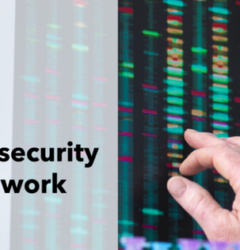


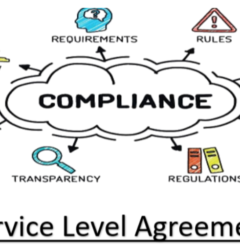

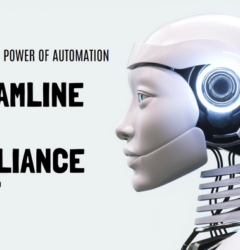


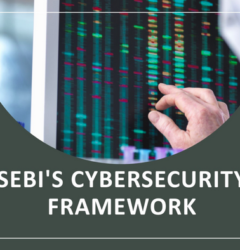







Recent Comments